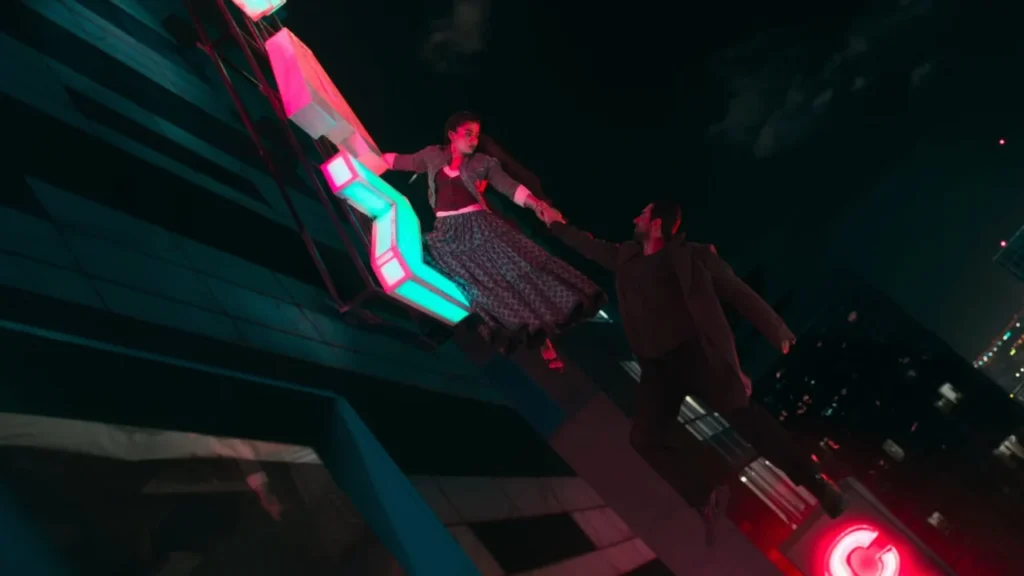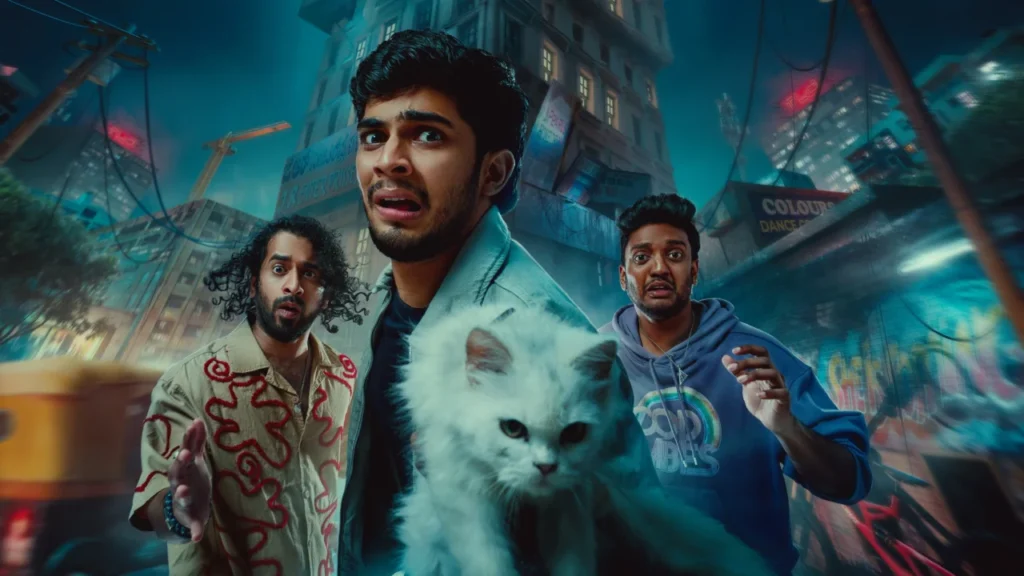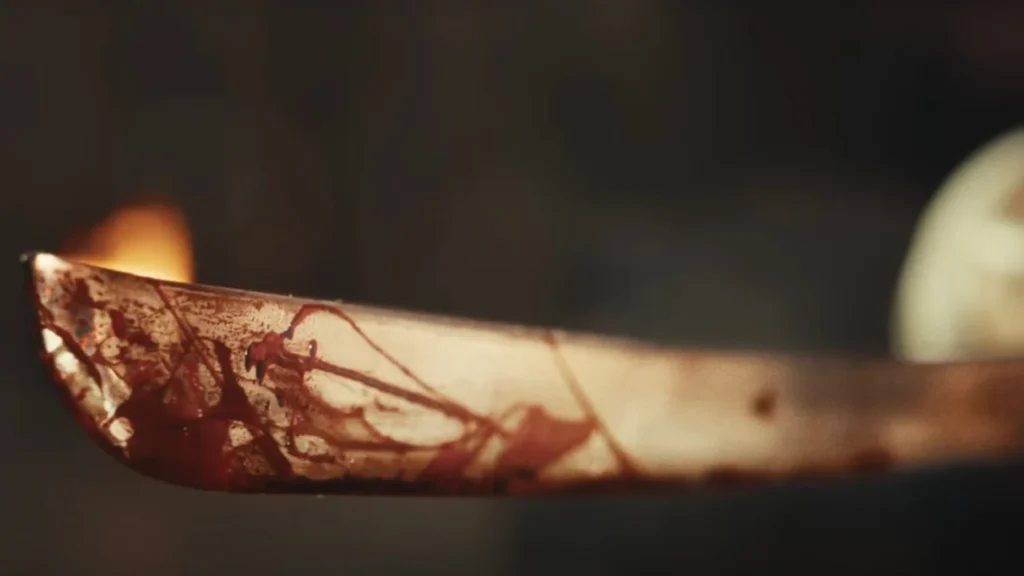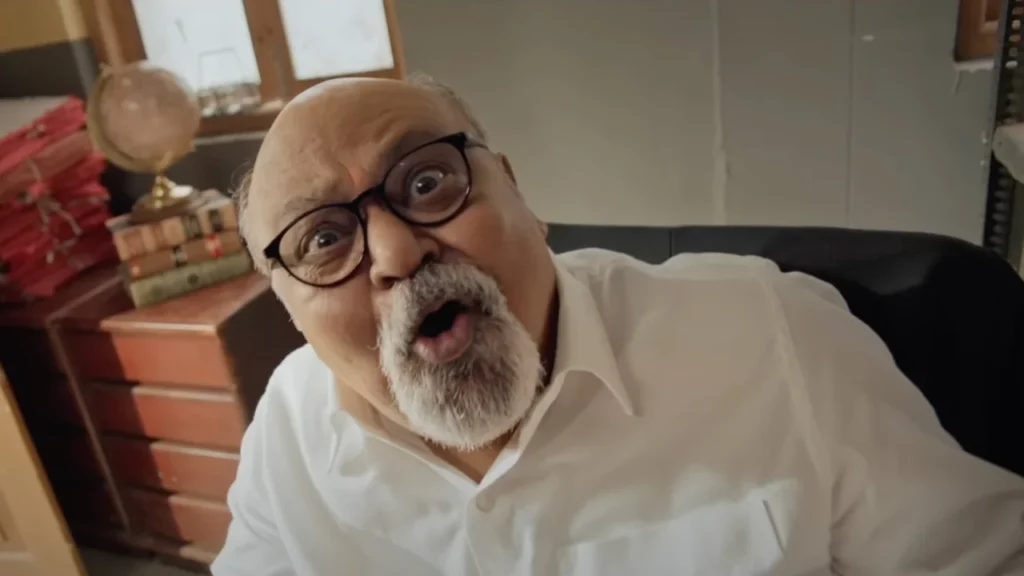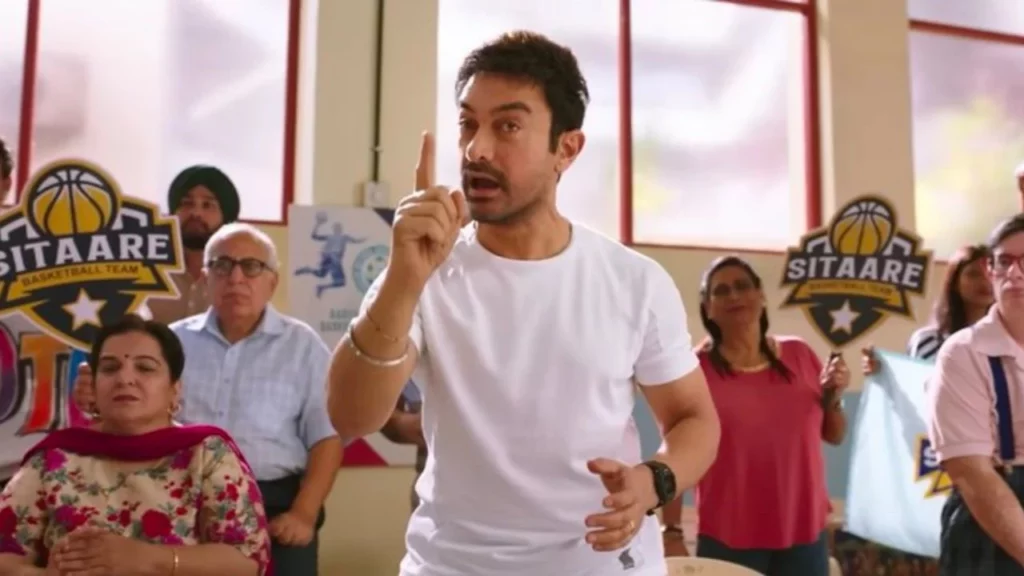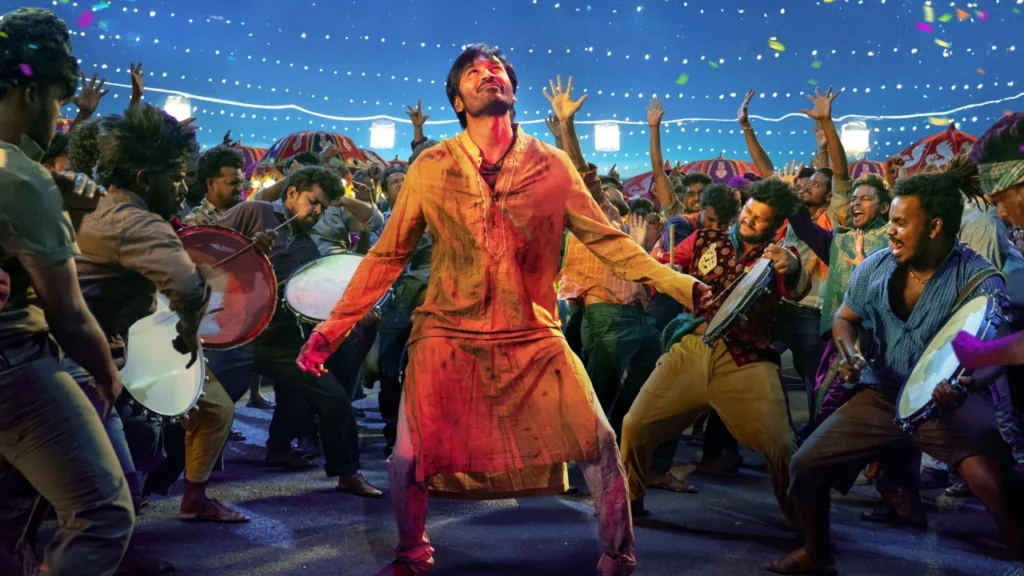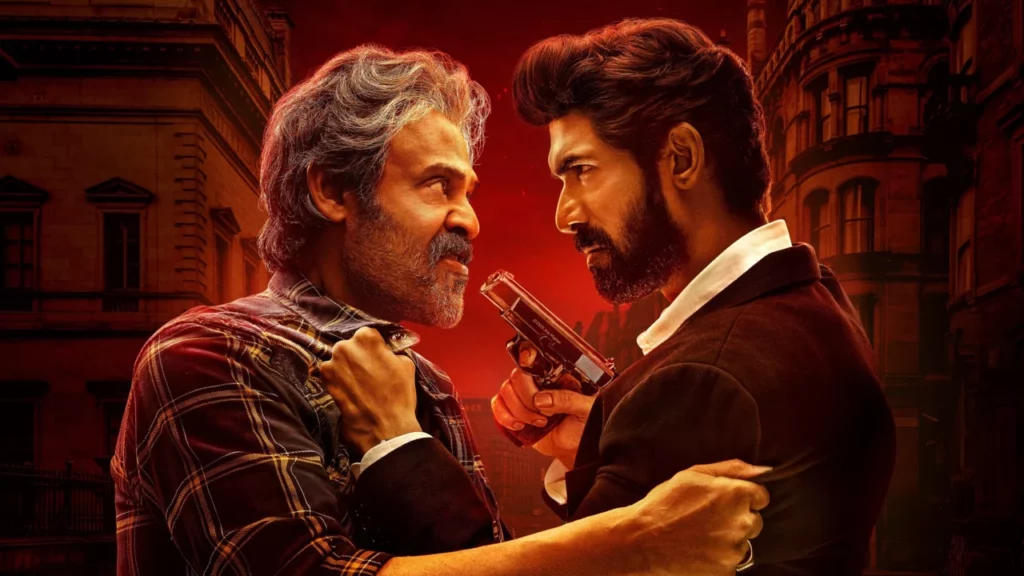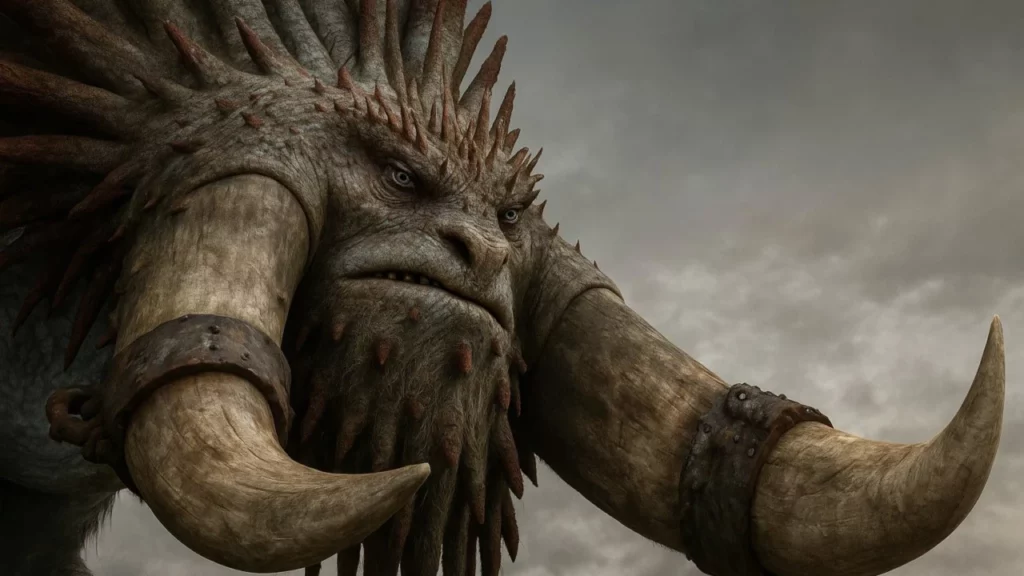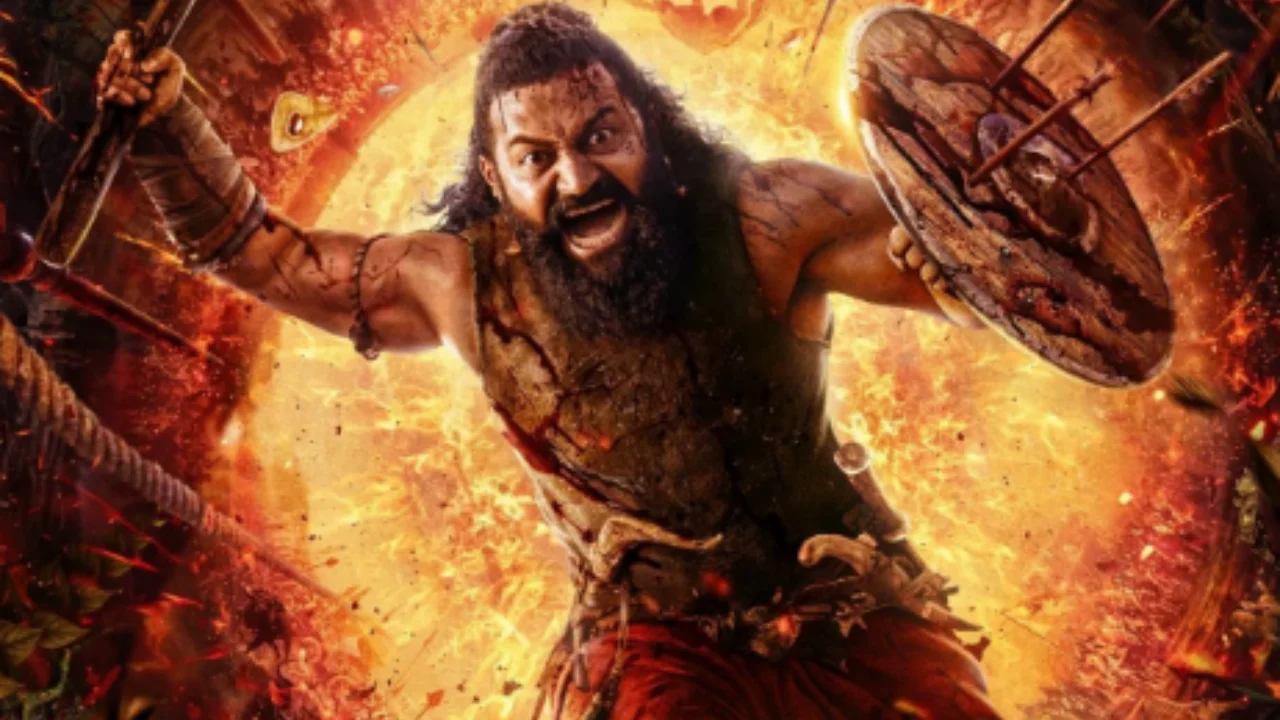
Kantara: Chapter 1 (2025) Movie ft. Jayaram, Rukmini, and Rishab
Three years after Kantara became a cultural phenomenon, Rishab Shetty returns with its prequel. This time, he takes us back several centuries to the Kadamba dynasty. The cast includes Malayalam veteran Jayaram, Rukmini Vasanth, and Gulshan Devaiah. The October 2 release explores how the Bhuta Kola tradition began and introduces Berme, whose story predates the original film by generations.
Shetty directs and stars, bringing a grander vision than before. The forest remains central, but now we see kingdoms, tribal wars, and divine forces at play. Ajaneesh B Loknath returns for music, and the visuals are crafted to showcase the mystical landscape. This isn’t just a sequel cash-grab, it’s an attempt to build a proper cinematic universe rooted in folklore.
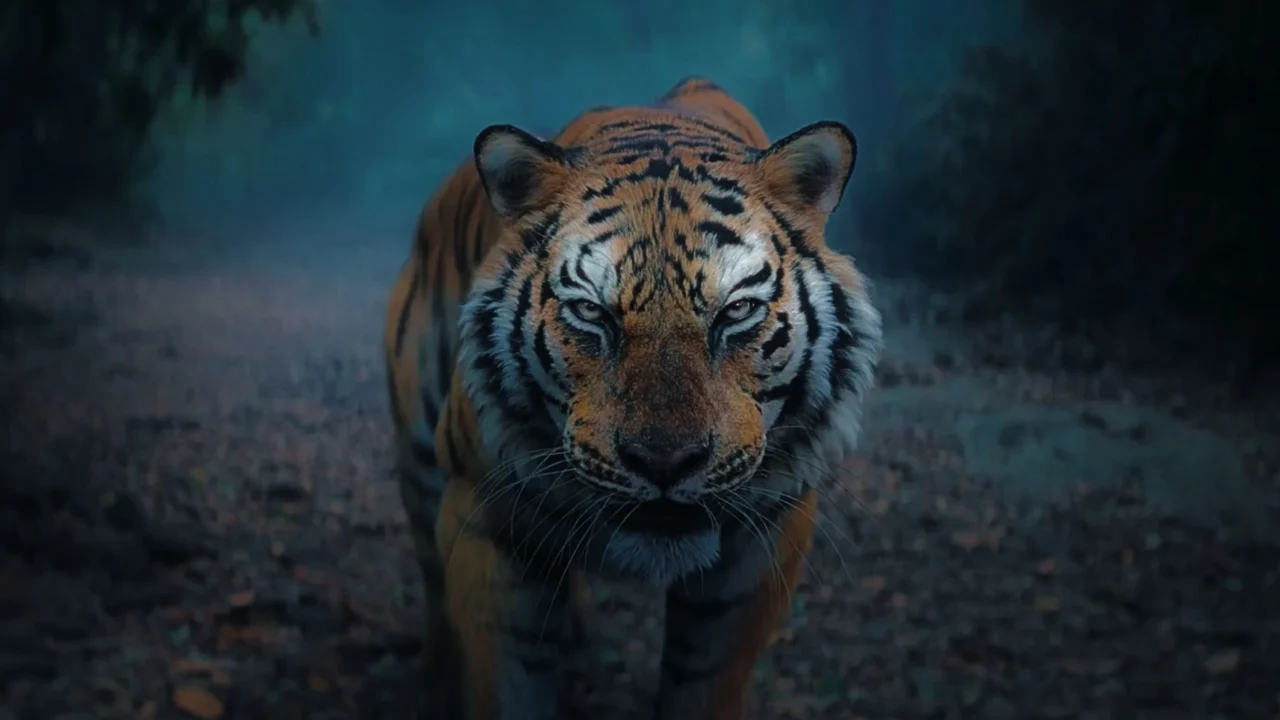
Story Goes Centuries Back
We’re in the Kadamba period. Berme leads the forest tribe that worships through Bhuta Kola ceremonies. These aren’t just rituals, they’re how his people connect with deities who protect their land. The tribe lives simply, in harmony with nature, believing the forest itself is sacred. Berme isn’t just their leader; he’s their spiritual anchor.
Then the Bangara kingdom arrives. Old King Rajashekara (Jayaram) rules with his son Kulashekara (Gulshan Devaiah) and daughter Kanakavathi (Rukmini Vasanth). When Kulashekara takes the throne, he sees the forest as territory to conquer, not respect. The tribal lands stand in his way, and he’s ready to take them by force.
Kanakavathi ventures into the forest secretly and discovers the tribal way of life. What starts as curiosity becomes genuine respect. Her transformation adds a human element to what could’ve been a straightforward battle story. The narrative juggles palace intrigue, tribal unity, and supernatural elements before everything converges in a powerful finale where Berme fights for his people’s survival.
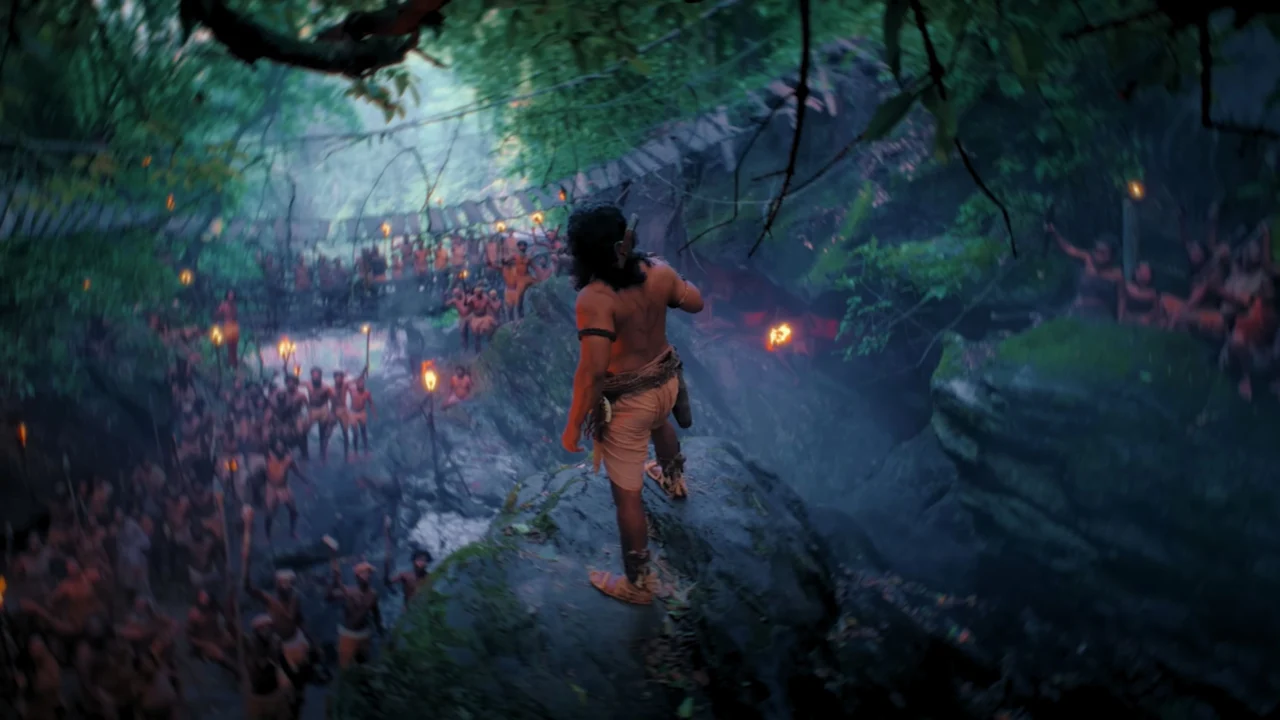
Acting Brings It Alive
Rishab Shetty commits fully to Berme. Watching him during the Bhuta Kola scenes, I could see why he won the National Award before. He doesn’t perform these rituals, he inhabits them. The physical transformation is striking, but it’s his eyes that sell the spiritual intensity. When divine forces take over, you believe something otherworldly is happening.
Jayaram adds gravitas as the aging king. Despite appearing briefly, he creates a character who understands more than he says. You see a ruler torn between his kingdom’s ambitions and his own awareness that the forest holds deeper truths. His restrained performance contrasts nicely with the film’s more explosive moments.
Rukmini Vasanth impressed me most. Princess Kanakavathi could’ve been just a romantic subplot, but Vasanth makes her journey feel earned. She moves from sheltered royal to someone who genuinely questions her world. Her scenes with the tribal community feel authentic, not melodramatic. I believed her transformation because she plays it with honesty rather than drama.
Gulshan Devaiah works as the antagonist, though the script doesn’t always serve him well. Some of his scenes work brilliantly, others feel disconnected from the main story. The supporting cast, Sapthami Gowda, Prakash Thuminad, fill out the world convincingly. Everyone seems invested in making this universe feel real.
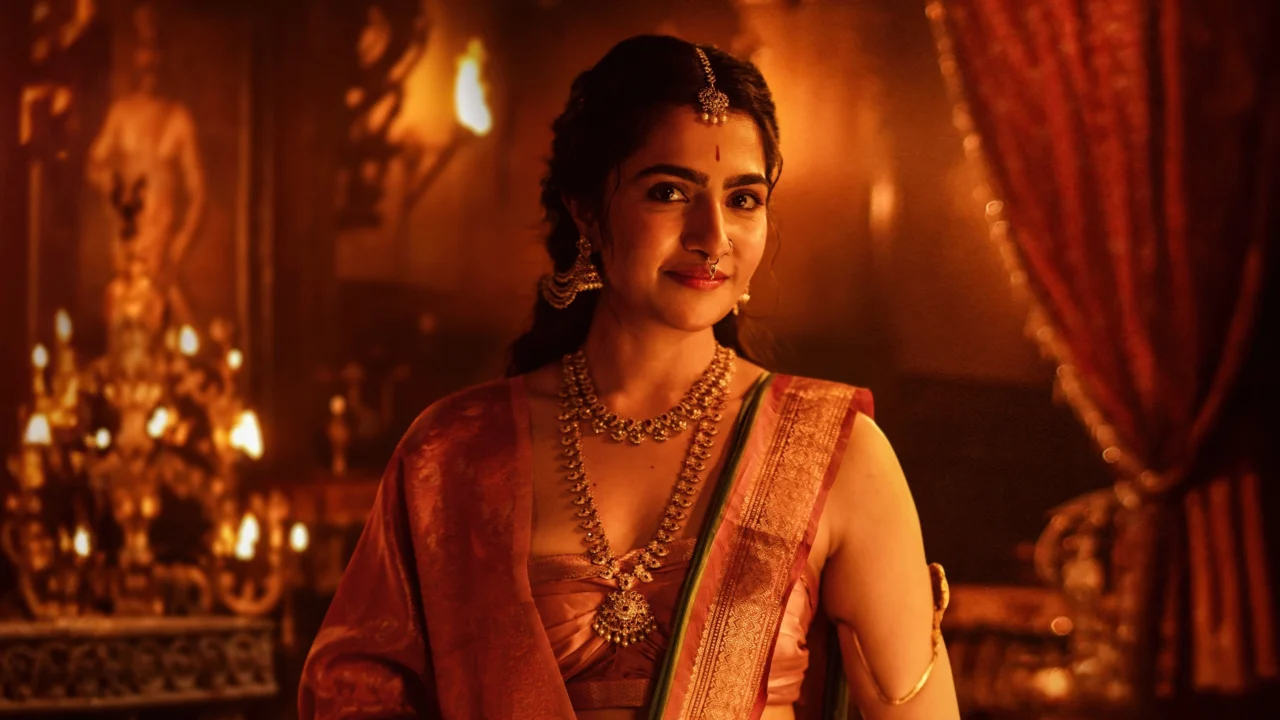
Technical Excellence Shines
The forest cinematography is breathtaking. Every frame treats nature as a character deserving respect. The VFX during supernatural sequences genuinely surprised me, this level of technical work is rare in regional cinema. The 15-minute climax sequence deserves its praise. Shetty blends practical action with digital effects seamlessly, creating something that feels both grounded and mythical.
Those Bhuta Kola sequences are visceral. The interval block hit hard, and the final confrontation delivers real power. I felt the spiritual intensity even without understanding every ritual detail. The background score uses traditional instruments in ways that enhance rather than overwhelm. The soundscape pulls you into this ancient world.
What works best is how seriously the film treats its cultural roots. Shetty respects the Bhuta Kola tradition, showing it as a legitimate spiritual practice rather than exotic decoration. Fans of the first film get answers about the mythology’s origins. The action choreography impresses with its scale, forest battles using tribal weapons, chariot sequences, supernatural confrontations. Each major action block feels distinct.
Narrative Gets Messy
The first half throws too much at you too fast. Multiple kingdoms, various tribal factions, palace politics, it’s a lot to track. I found myself confused about who wanted what and why. The film needs time to establish its world, but the execution feels rushed. Some scenes exist just to set up plot points rather than develop naturally.
Certain subplots go nowhere satisfying. Gulshan Devaiah’s character changes direction without clear motivation. The palace intrigue gets introduced then mostly forgotten. The film wants to be epic in scope, but that ambition sometimes works against focused storytelling. Trimming some threads might’ve strengthened the core conflict.
The pacing drags early, then rushes through developments later. I wanted more time with certain character relationships, less with exposition-heavy dialogue. The first Kantara felt lean and focused; this one spreads itself thinner. Some emotional beats get lost because we’re already moving to the next plot point.
Mixed Critical Response
IMDb users rate it 8.8 out of 10, showing strong audience love. Early international reviews gave it 4.5 stars, calling it pure Indian cinema. The Indian Express awarded 3 out of 5, praising ambition while noting narrative problems. Critics generally appreciate the visuals and Shetty’s commitment but point out the uneven storytelling.
Public response has been enthusiastic. Social media shows fans declaring it better than the original. Theater audiences reportedly cheer during key moments. The devotional angle resonates with viewers who appreciate films grounded in Indian spirituality. Technical achievements get universal praise, the VFX, action, and cinematography work impresses everyone.
However, some critics argue it lacks the raw energy that made Kantara special. The bigger budget and grander scope don’t necessarily translate to deeper impact. The consensus seems to be: spectacular when it works, but doesn’t always work. Still worth watching for the climax alone, according to most reviews.
Rating: 4 out of 5 stars
Kantara: Chapter 1 delivers visual spectacle and spiritual depth, even when the narrative struggles. The first half drags with too many characters and subplots, but the second half, especially the climax, justifies the buildup. Rishab Shetty proves he’s a filmmaker with a genuine vision, not just riding his previous success. The cultural authenticity and technical brilliance make this essential viewing despite its flaws. If you loved the original’s mythology, this prequel expands that world in ways that mostly satisfy. It’s not perfect, but it’s ambitious in the right ways.

